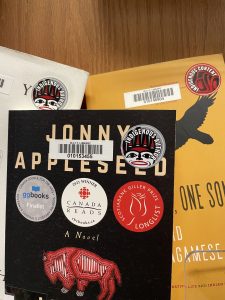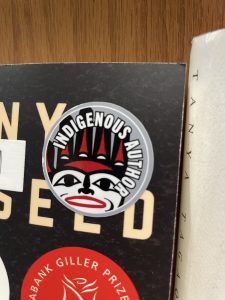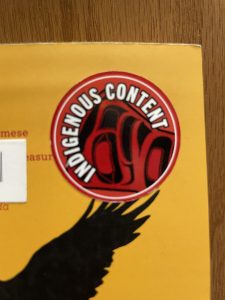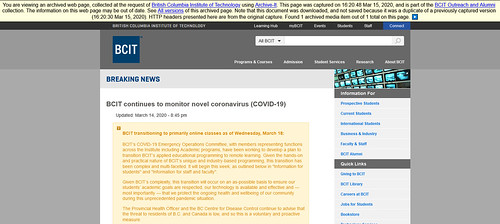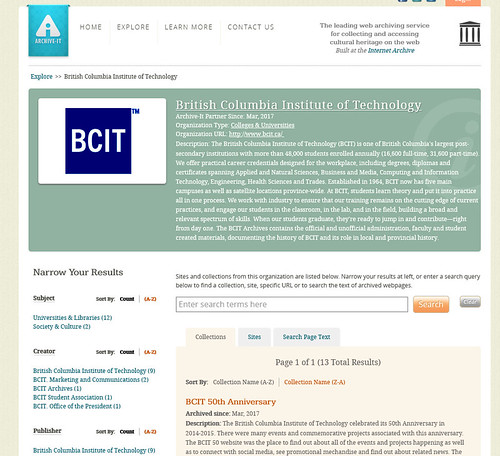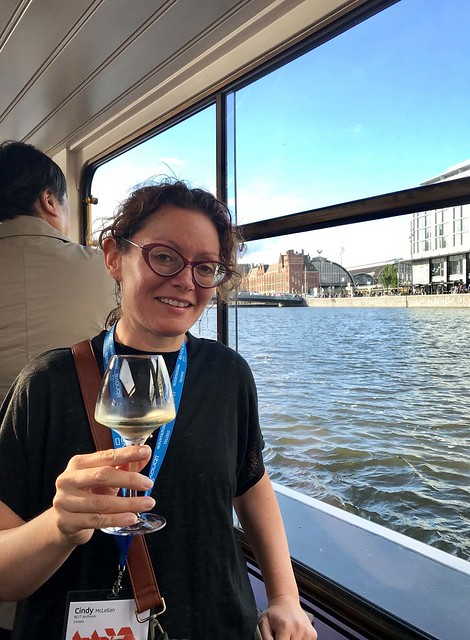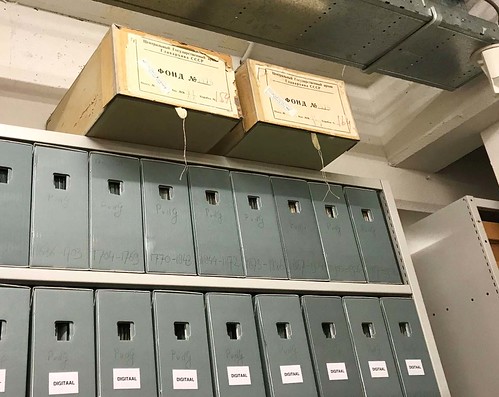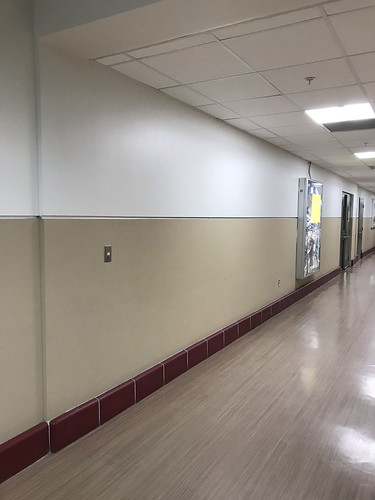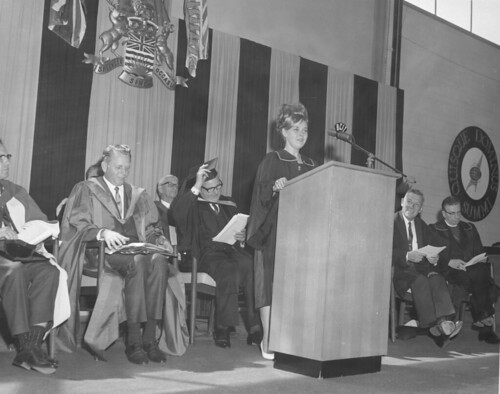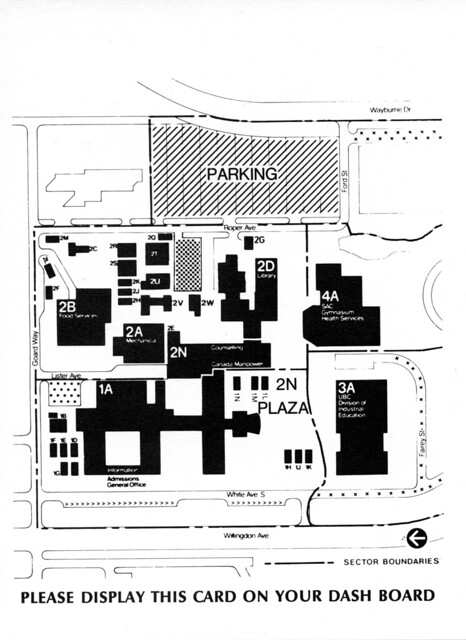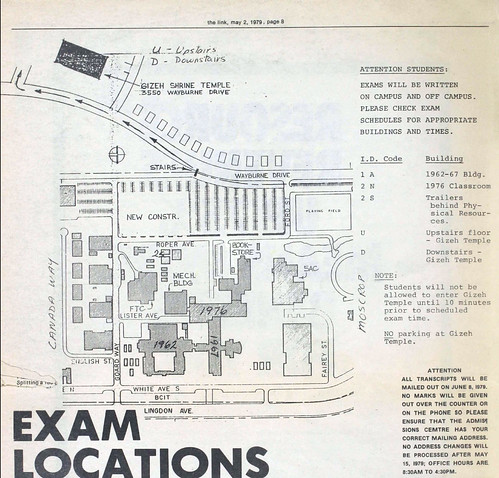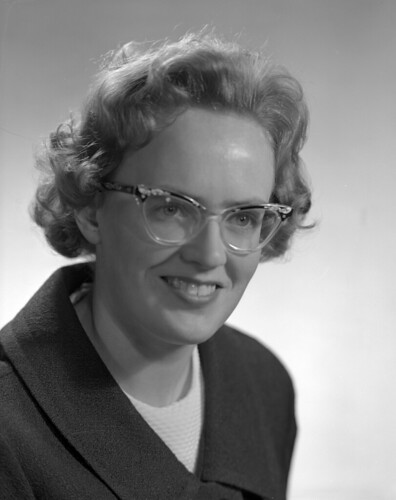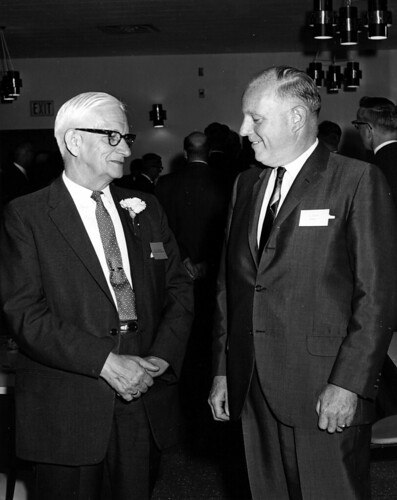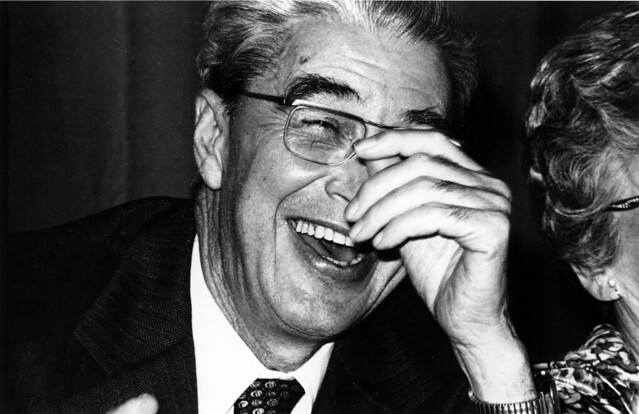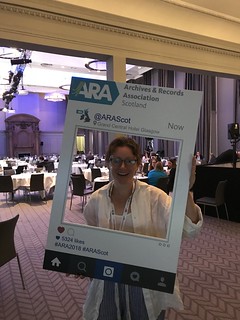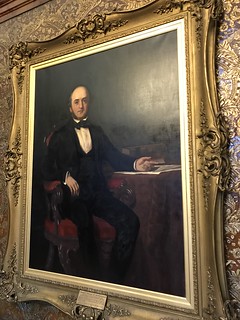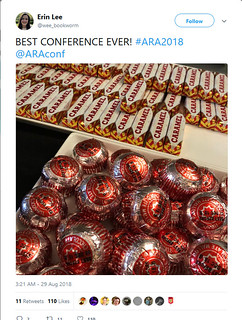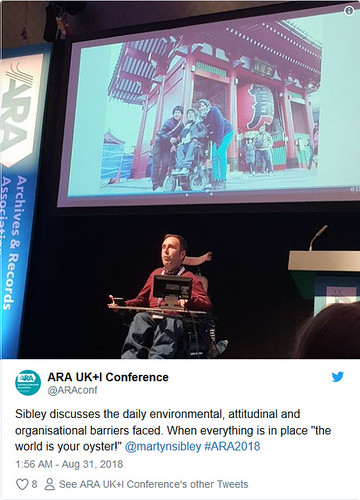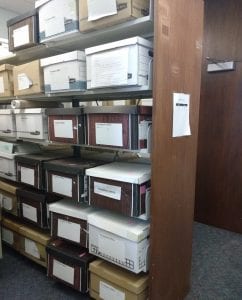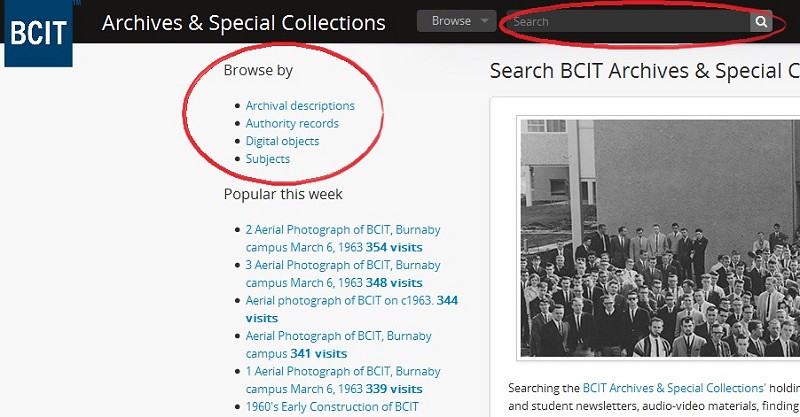Author: Amruta Phansalker
Shane M. Chartrand’s Tawâw: Progressive Indigenous Cuisine is an inspirational cookbook that serves as an odyssey into Shane’s discovery of his history.

Author’s attempt at recreating “Chocolate Beet Cake with Saskatoon Berries”, minus the berries.
Food is fuel, an ineliminable part of our lives, a tool for sustenance. Food teaches us to love, to share, and to make memories. Food helps us discover cultures, and in that, serves as a gateway to understanding and appreciating other ways of life. Shane Chartrand’s Tawâw: Progressive Indigenous Cuisine bears testimony to the role of food. It is a reflection of the Indigenous approach to food, and especially their focus on the value of interdependency on the land and animals on whom we depend for food.
In Indigenous cultures, food isn’t merely to satiate, but to heal, and therefore, it is thought to have a spiritual role. In a short introductory preface, Chartrand reveals deeply personal details that influenced and shaped him, including his parents’ role, his early days in the food industry, and a chance encounter with a long-lost cousin that set him on a path of discovering his roots.
Nestled in the stories of the land and of people who influenced him, is a revelation of what Chartrand calls “progressive indigenous fare”, which is an amalgamation of traditional wisdoms and modern living. The book combines many styles of writing, and in its expository style, can be best thought of as part cookbook and part exploration of the cooking philosophy of the Indigenous communities.
The recipes are arranged according to seasons, bringing into focus the importance of “seasonal” eating and the Indigenous value of respect for nature. Chartrand uses descriptive titles for his dishes that are reminiscent of its origins, and of his endeavor in discovering the ingredients and techniques of Indigenous cultures. Throughout the book, Chartrand narrates excerpts from the many interviews and conversations he had, while highlighting the culinary influences and nutritional value of the food. This unique story-telling style is supplemented by visually stunning photographs, making reading an enjoyable experience. Readers will be intrigued by the recipes, whether it is the humble White Bean Dip, or the award-winning “War Paint”.
Containing over 75 recipes, for budding cooks, skilled chefs, and the avant-garde food connoisseurs, Tawâw: Progressive Indigenous Cuisine is a deeply personal work that informs, educates, and inspires. But above all, it teaches us that food is ceremonial, and that creating flavors while honoring our culture is indeed, a work of art.
